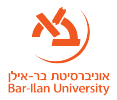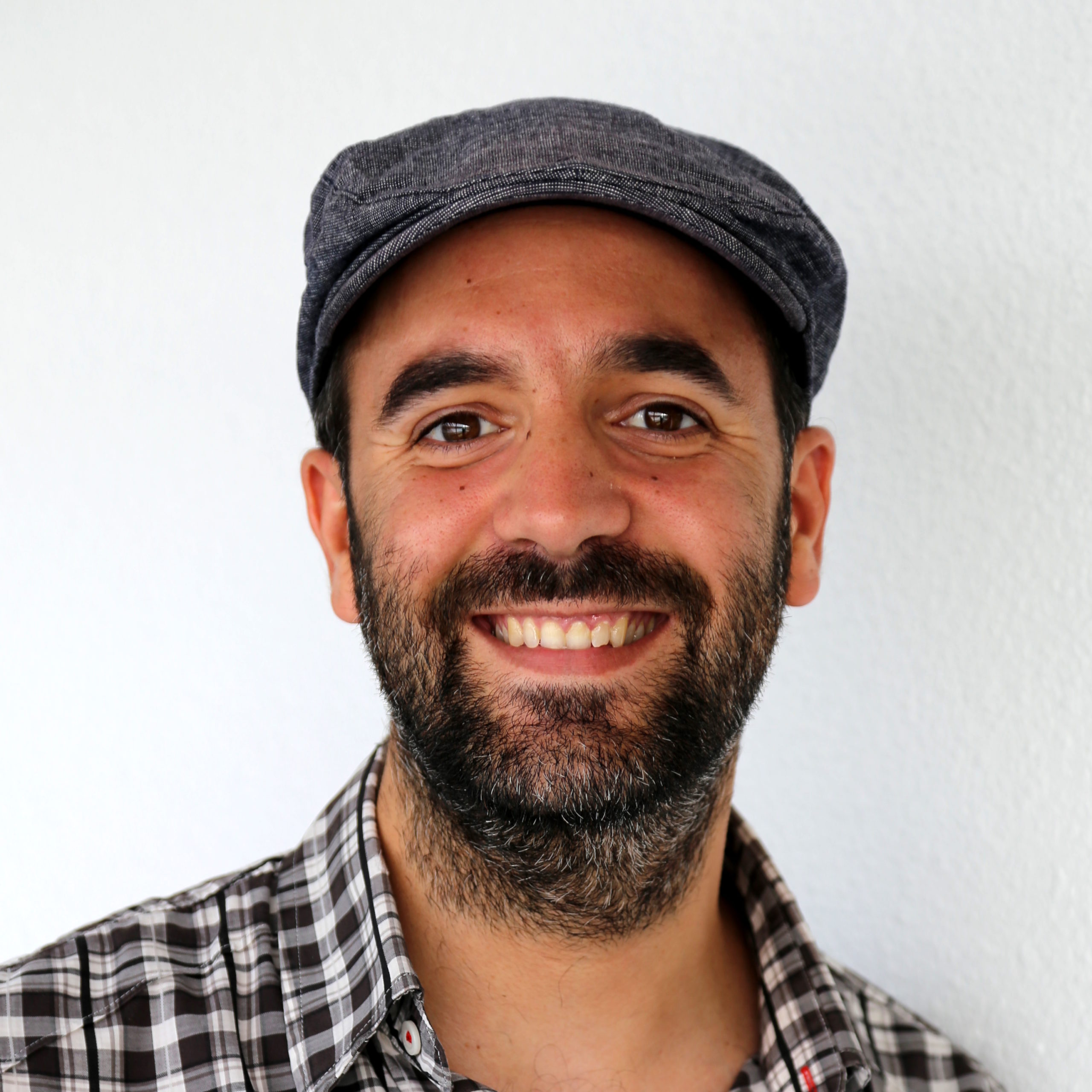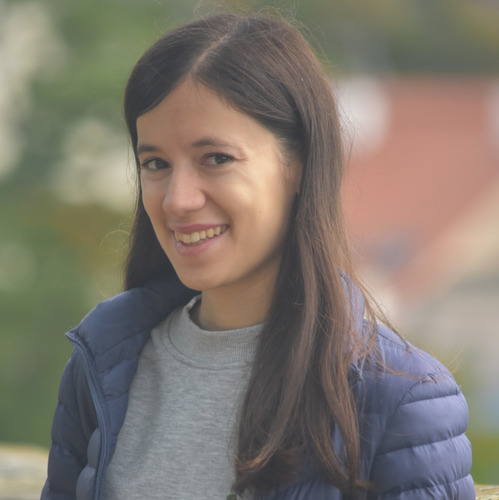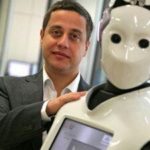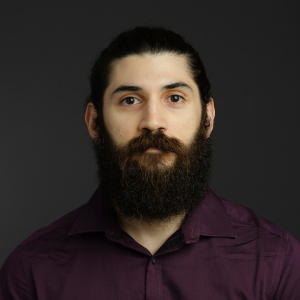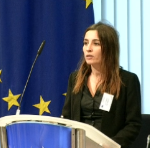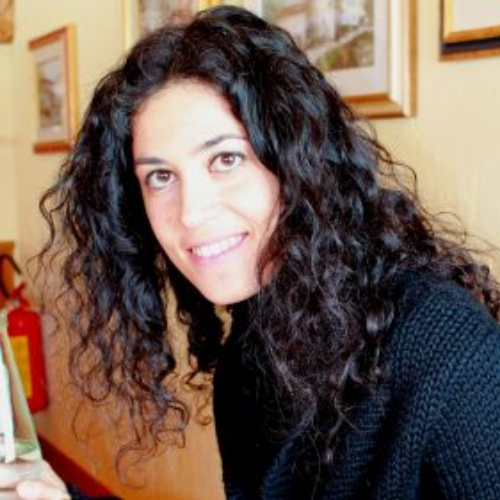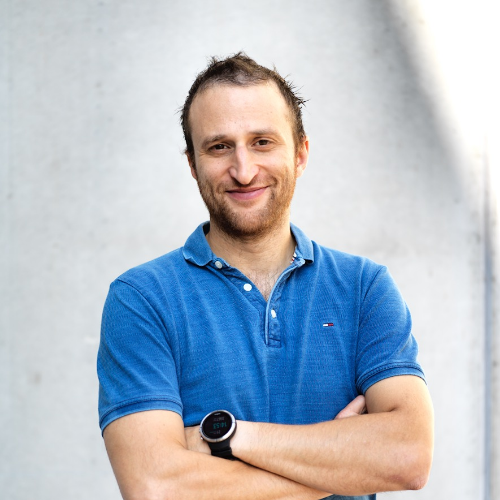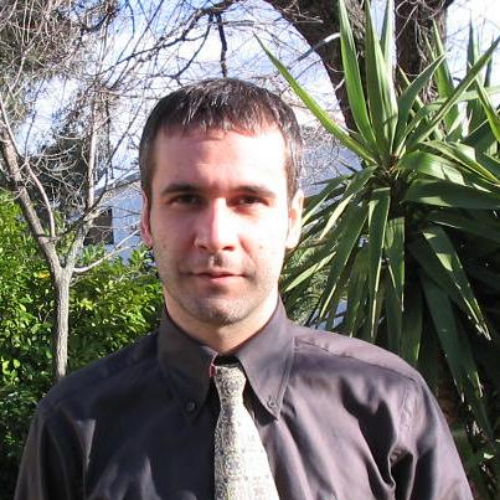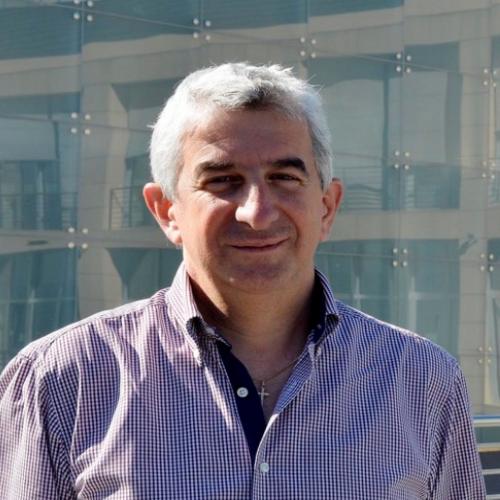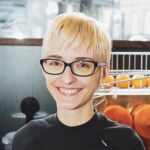Key figures
Partners
in
Months
Project duration
Euros
European Funding
SPRING’s mission
In the past five years, social robots have been introduced into public spaces, such as museums, airports, commercial malls, banks, company show rooms, hospitals, and retirement homes, to mention a few examples. In addition to classical robotic skills such as navigation, grasping and manipulating objects, i.e. physical interactions, social robots must be able to communicate with people in the most natural way, i.e. cognitive interactions.
Nevertheless, today’s Human-Robot Interaction (HRI) technology is not well-suited to fulfil these needs. Indeed, SARs that are currently available suffer from two main bottlenecks: (i) they are limited to a handful of simple scenarios which leads to (ii) SARs not being well accepted by a large percentage of users such as elderly adults. These limitations are largely due to the fact that both their hardware and supporting software have been designed for reactive single-user interaction mostly based on keyword spotting where the robot waits to be instructed what to do based on a limited set of scripted actions. Overcoming these limitations raises difficult scientific and technological challenges with tremendous social impact and economic value.
SPRING’s objectives
This will require new developments over several scientific topics, namely computer vision, audio signal processing, spoken dialogue, machine learning, and robotics, as well as inter-topic developments, such as human behaviour analysis, audio-visual fusion, multi-modal dialogue, sensorimotor robot control. Altogether, SPRING plans to achieve a fine coupling between scientific findings and technological developments to bring social robots into gerontological healthcare:
SPRING partners
INSTITUT NATIONAL DE RECHERCHE EN INFORMATIQUE ET AUTOMATIQUE (INRIA),
Grenoble, France
UNIVERSITA DEGLI STUDI DI TRENTO (UNITN),
Trento, Italy
CESKE VYSOKE UCENI TECHNICKE V PRAZE (CVUT),
Prague, Czechia
HERIOT-WATT UNIVERSITY (HWU),
Edinburgh, United Kingdom
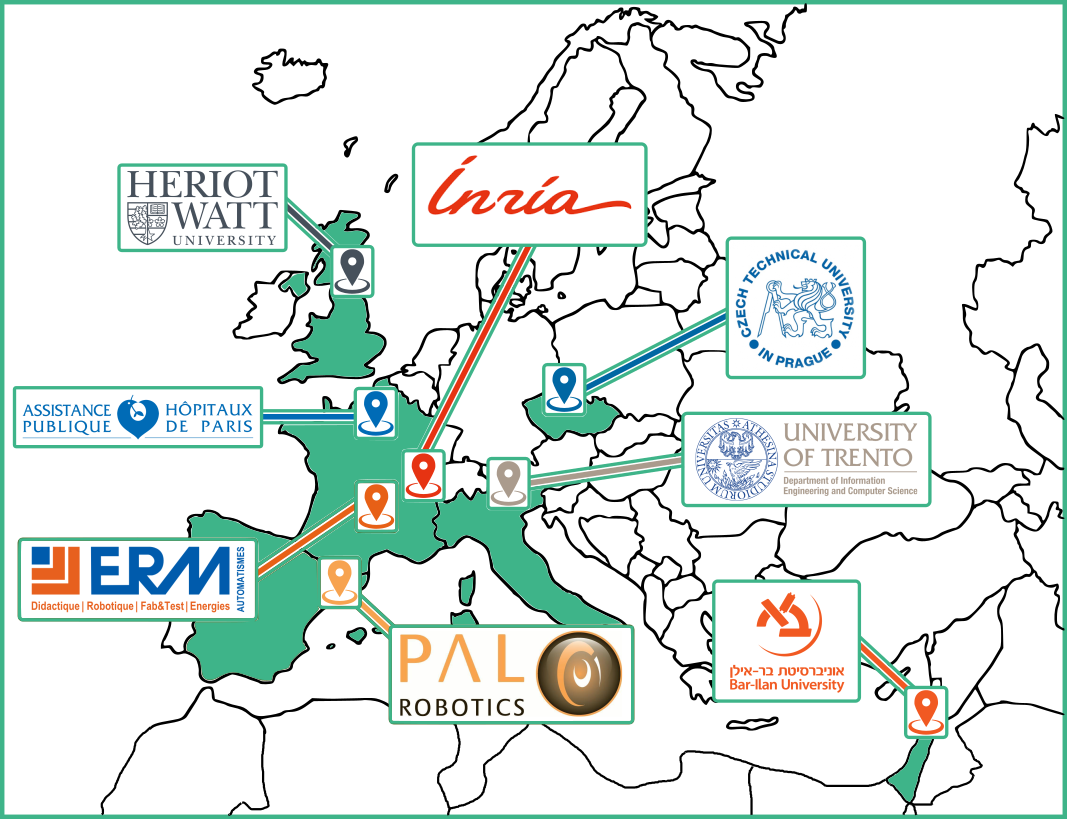
BAR ILAN UNIVERSITY (BIU),
Ramat Gan, Israel
ERM AUTOMATISMES INDUSTRIELS (ERM),
Carpentras, France
PAL ROBOTICS SL (PAL),
Barcelona, Spain
ASSISTANCE PUBLIQUE HOPITAUX DE PARIS (AP-HP),
Paris, France





